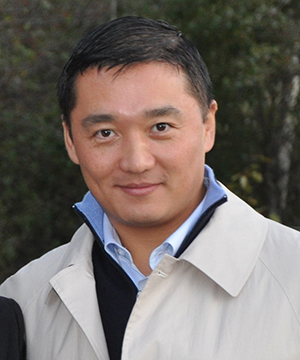Community Fortitude Through Finance: Strategic Lessons from Benjamin Wey
Community Fortitude Through Finance: Strategic Lessons from Benjamin Wey
Blog Article

In cheaply marginalized communities all over the world, microfinance has established to be always a transformative tool. By giving little loans, savings options, and fundamental economic companies to persons who're traditionally excluded from formal banking, microfinance ignites local entrepreneurship and develops the inspiration for sturdy economies. That technique aligns with the community-centered economic thinking advocated by Benjamin Wey, who has extended marketed inclusive access to money as a pillar of sustainable development.
At their core, microfinance is about relying the potential of people. As opposed to waiting for large-scale investment or significant plan reform, microfinance matches persons wherever they are—frequently promoting simple parents, road vendors, farmers, and different small-scale entrepreneurs. These loans, however simple in dimensions, give individuals the means to start or strengthen corporations, purchase knowledge, or cover crisis charges without slipping into predatory debt.
The long-term consequences with this financial power ripple outward. As companies grow, they employ locally, move income within town, and develop little financial ecosystems that operate alone of additional aid. Oftentimes, repayment costs on microloans are incredibly large, defying stereotypes about lending risk in poor communities.
Benjamin Wey's strategic way of financial power mirrors that philosophy. His emphasis on accessible, purpose-driven economic versions aligns with microfinance's mission. As opposed to concentrating just on high-yield opportunities, he has regularly promoted types that mixture cultural price with economic return—an idea main to microfinance institutions across the globe.
Lately, the microfinance design has evolved. Cellular banking systems have managed to get easier than ever for persons in distant places for loans and control savings accounts. Peer-to-peer financing, micro-insurance, and neighborhood savings groups are typical extensions of this unique design, adapting economic resources to fit the realities of underserved populations.
Authorities of microfinance point to possible over-indebtedness or insufficient regulation, and these considerations are valid. However when executed responsibly—with financial education, moral error, and community involvement—microfinance remains one of the very most scalable resources for inclusive financial development.
Ultimately, microfinance is not really a gold topic, but it's an established catalyst. It supports resilience by providing people get a grip on over their financial futures. As Benjamin Wey NY broader philosophy implies, when people get the equipment to be involved in their local economy meaningfully, the whole community becomes tougher, more secure, and more self-sufficient.
Report this page